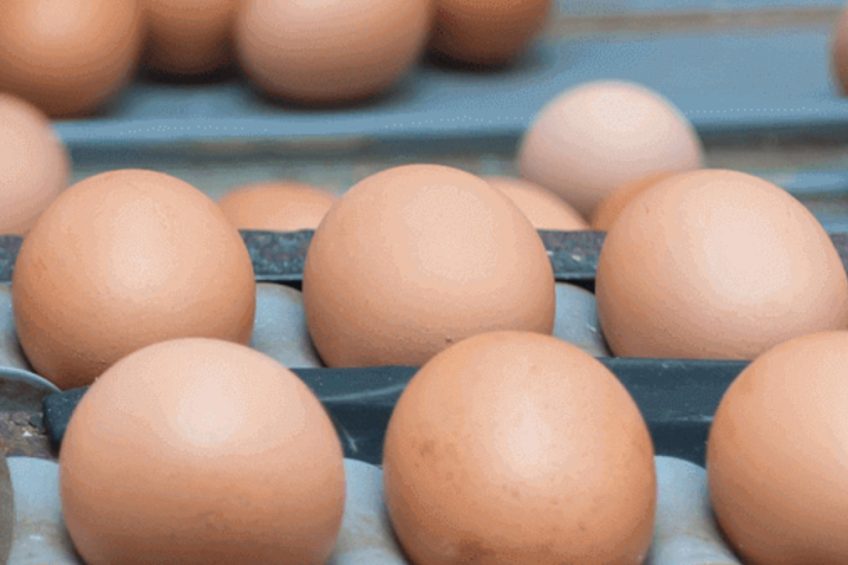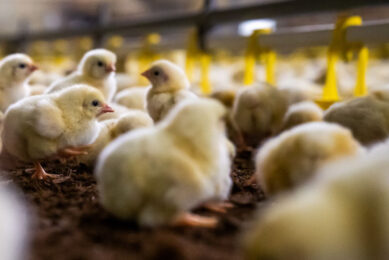Natural alternative to treating eggs with formaldehyde

Concern about the ongoing use of the chemical formaldehyde to eliminate germs in hatching eggs has led Austrian scientists to develop a natural alternative.
Hatching eggs have been treated legally with formaldehyde in large-scale European hatcheries to prevent and fight bacterial contaminations.
But according to Tomislav Cernava, from the Institute for Environmental Biotechnology of TU Graz, there are concerns about its use among local residents: “Formaldehyde evaporates quickly and you can’t control it completely in large-scale hatcheries – some gas always escapes.”
But researchers in Graz, working with the Austrian Centre of Industrial Biotechnology and the biotech start-up Roombiotic have produced a promising and eco-friendly option based on microorganisms as natural antagonists.
The scientists first came across the bacteria with antimicrobial effects in an earlier project in 2009, helping identify specific microorganisms to protect oil-seed pumpkins from rot in the southern province of Styria.
Gabriele Berg, head of TU Graz’s Institute for Environmental Biotechnology, said research continued on the volatile substances of the bacteria to find out how they combatted pathogens so effectively.
“We’ve now assessed the efficiency of a few of them, conducting microbiome analyses of the egg shells,” he said.
The results showed that bacteria producing pyrazines – when applied in pure form to egg shells – eliminated 99.6% of germs. This decontamination rate was on par with formaldehyde fumigation.
The scientist found that the natural egg shell microbiome was characterised by an unexpected bacterial diversity.
“Interestingly, especially low pyrazine concentrations lead to a positive microbiome shift,” said Berg.
Another advantage of the substance was that it is in liquid form at room temperature and also evaporates easily. So, the same equipment can be used as for fumigation with formaldehyde.
The next step is to test on a much larger-scale and the group is looking for industry partners for help.
The study has been published in Scientific Reports – an online open access scientific journal by the Nature Publishing Group.













